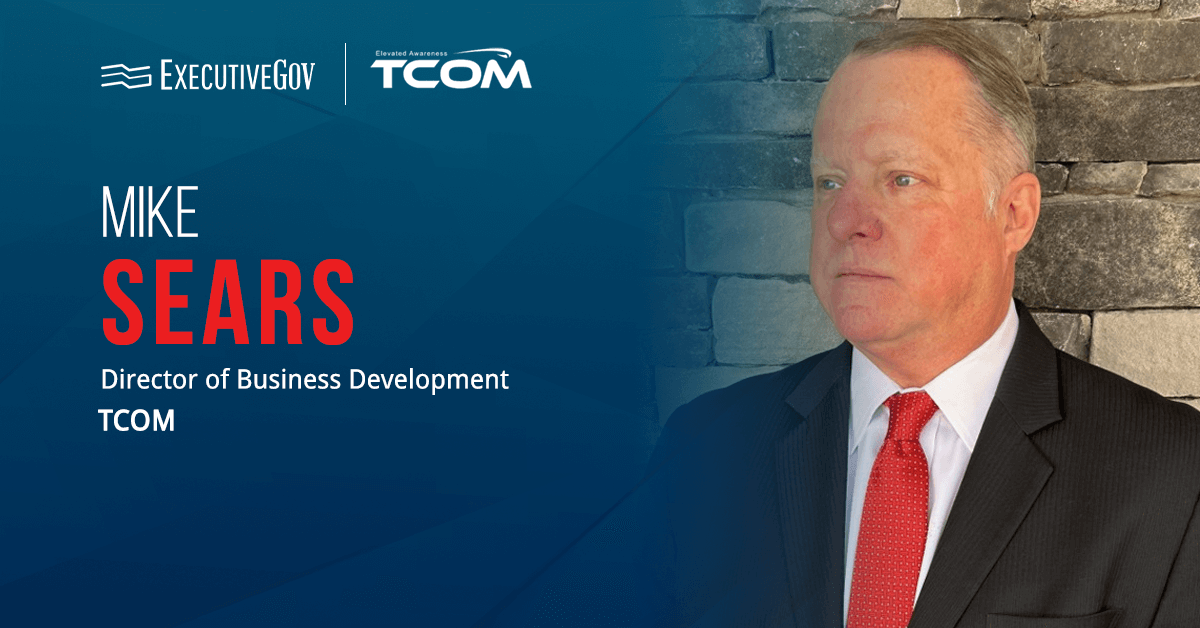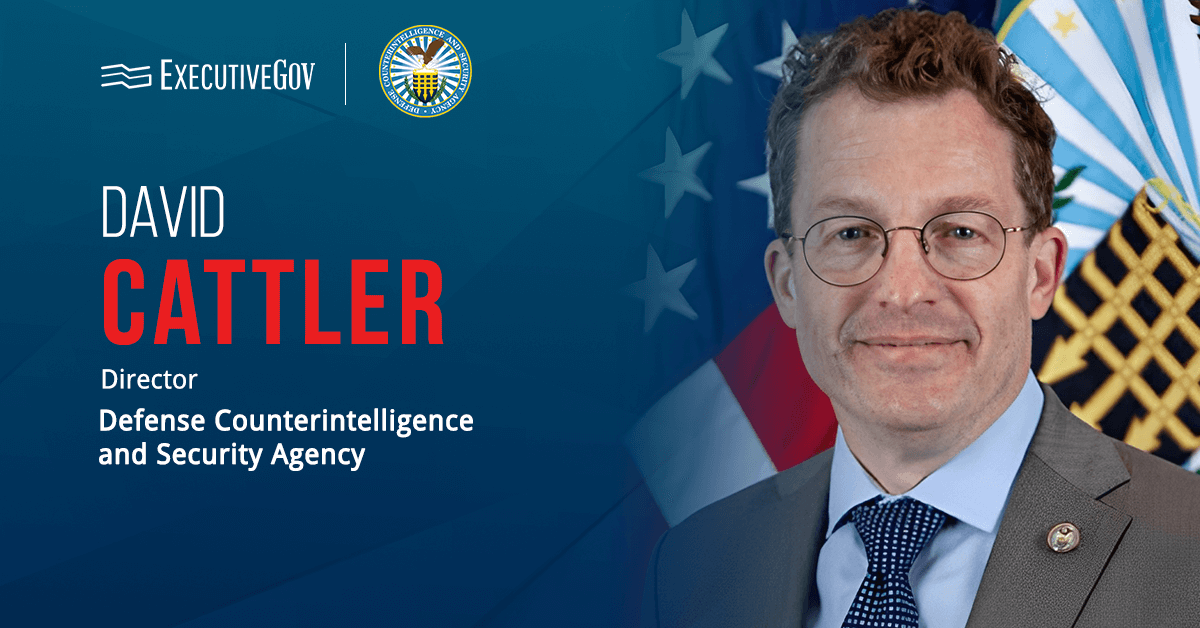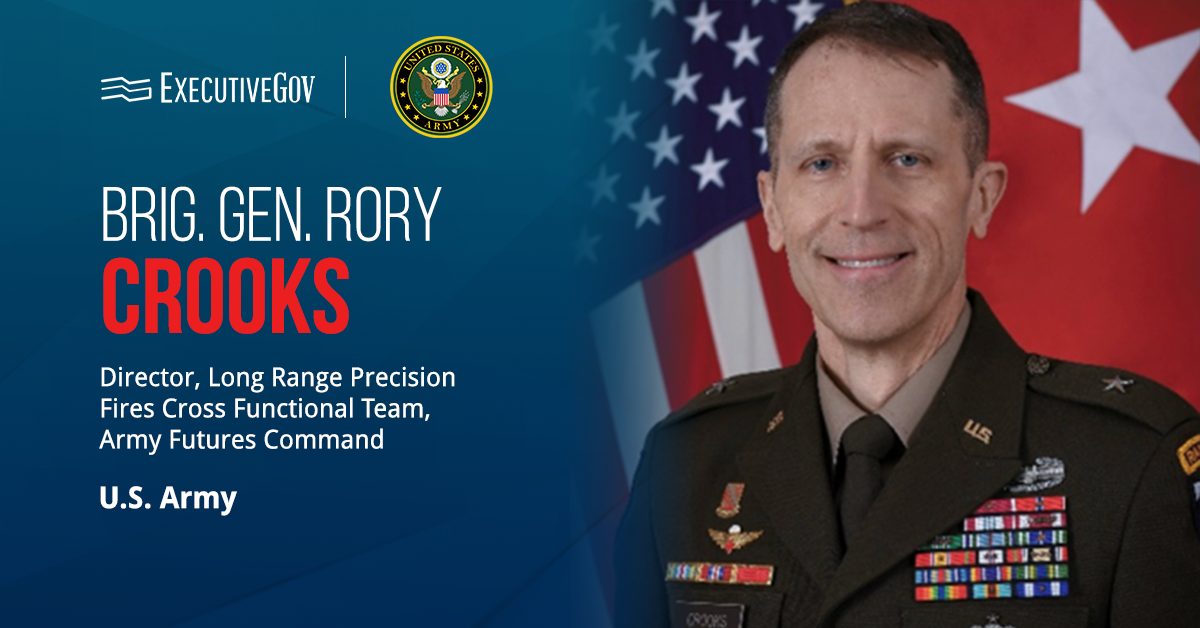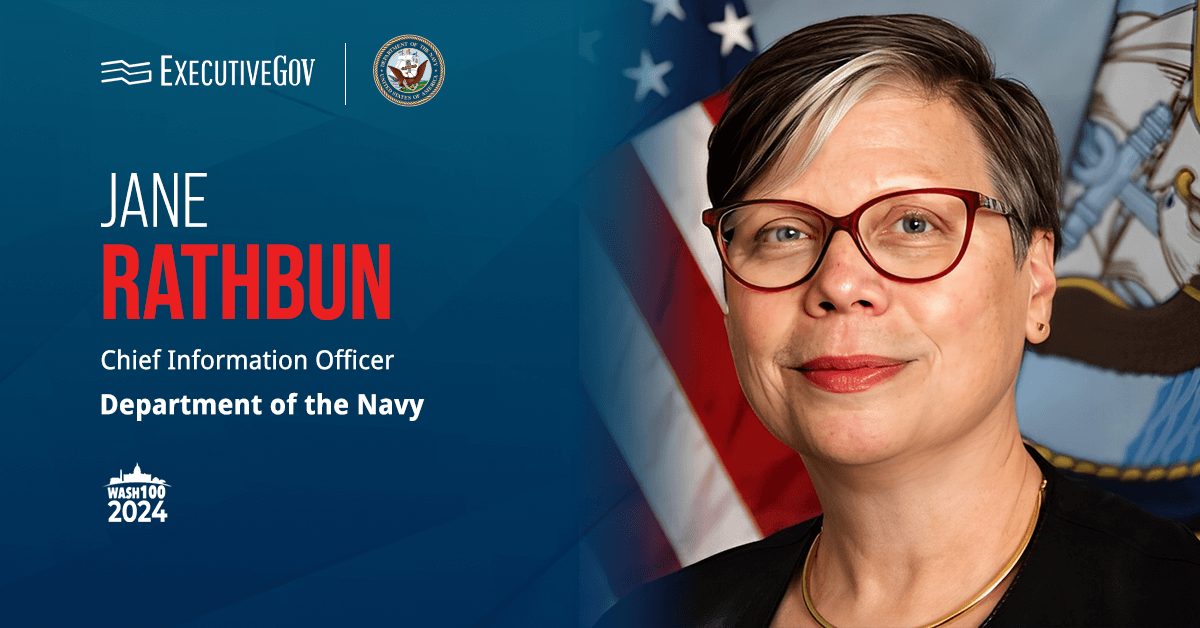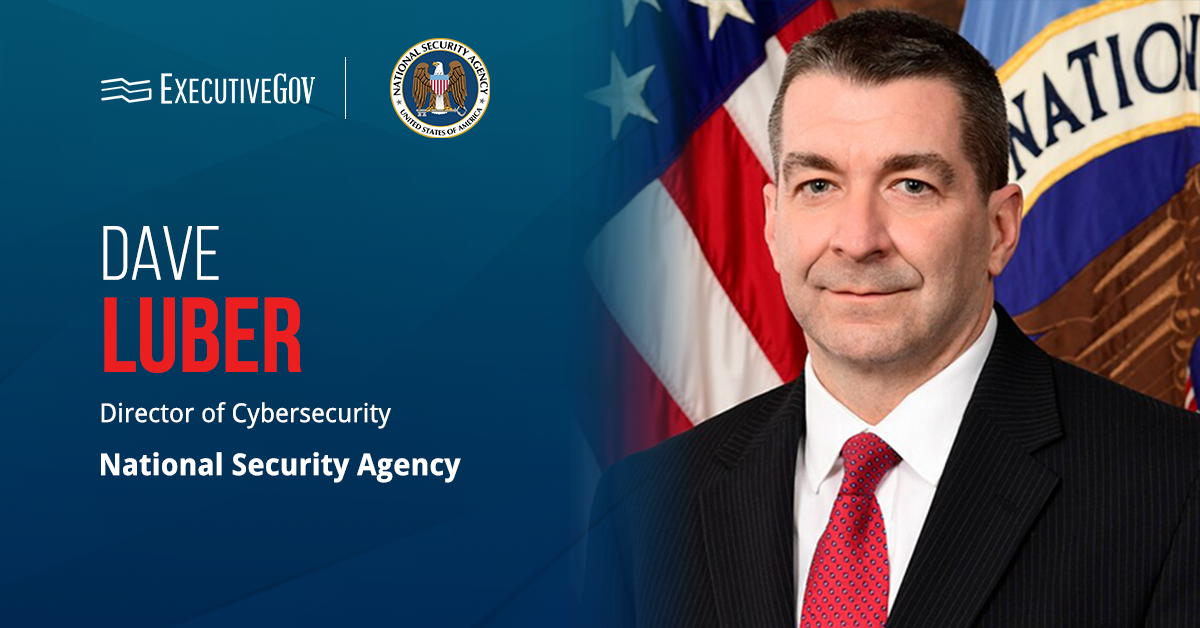Mike Sears has joined TCOM as the company’s director of business development.
In this new role, Sears will leverage his 40 years of aviation experience, including 25 years of service in the U.S. Marine Corps, to support the growth of TCOM’s international aerospace and defense business, the Washington, D.C.-based company announced Wednesday.
Ron Bendlin, president and CEO of TCOM, said, “The experience Mike will bring to our dynamic technology roadmap is invaluable as we look to the future of our expanding capabilities. His knowledge, gained from supporting military and civilian missions, will guide us in defining our strategies to bring our innovations to market.”
Mike Sears’ Aviation Career
During Sears’ 25-year Marine Corps career, he served as an aviation supply operations officer and historian for the service branch. Following his Marine Corps tenure, he was the director of international programs at the Naval Air Systems Command, or NAVAIR. Sears also served as NAVAIR’s assistant program executive officer of unmanned aviation and strike weapons for global programs.
Prior to joining the TCOM leadership team, he served as the director of international business development at Honeywell Corporation.
Sears’ previous roles have given him knowledge of budget management, defense business development, global sales and international relations efforts.


